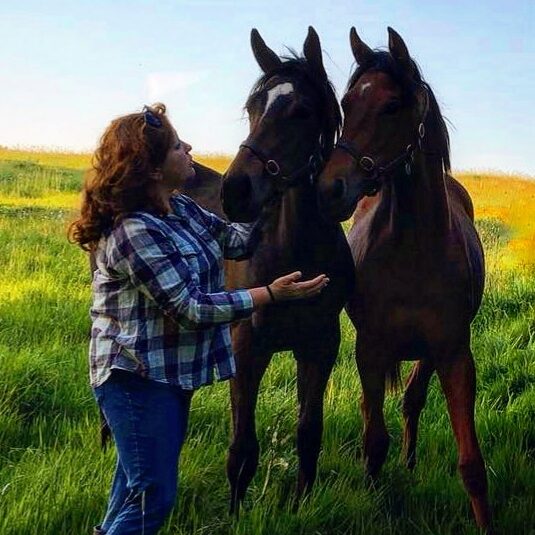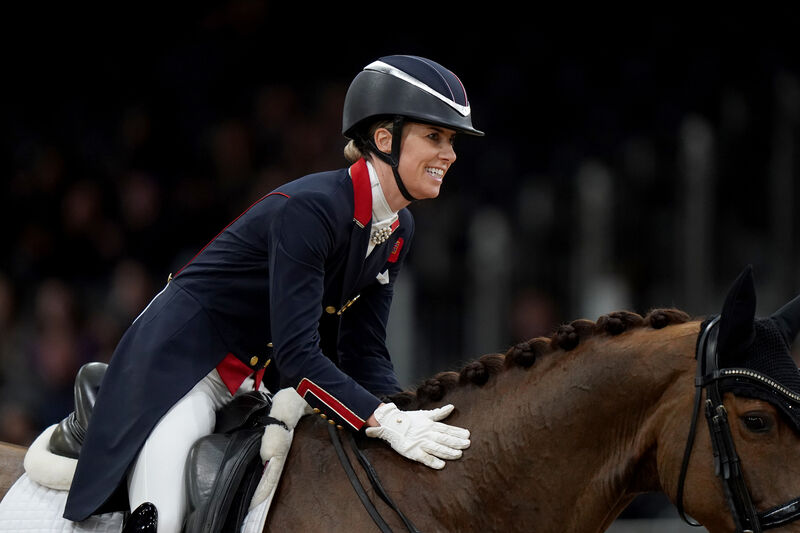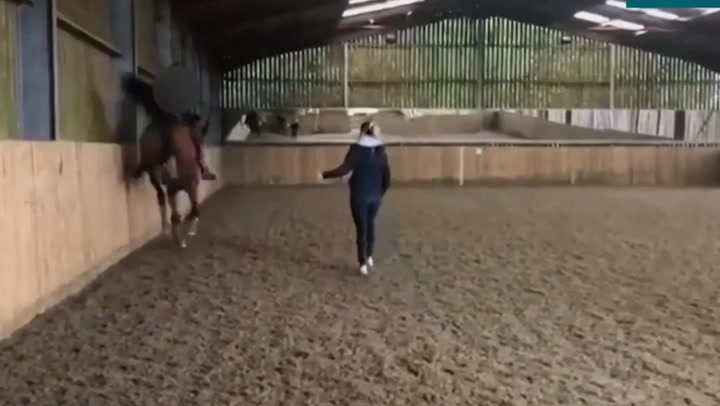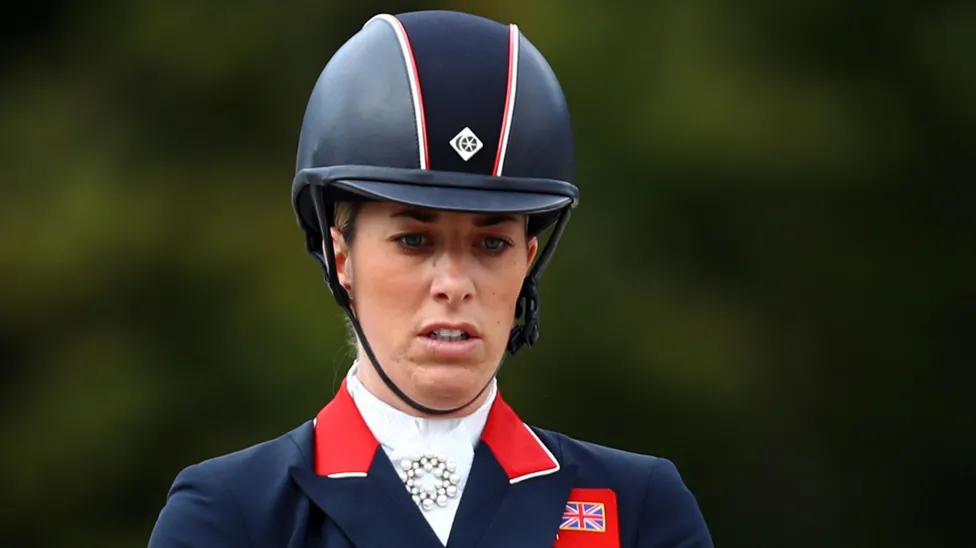Once you’ve decided you are tossing your hat into the breeder’s ring, that is only just the beginning!
Whether you choose live cover or artificial insemination, purebred or hybrid vigour, there are so many variables to consider.
A top-notch vet is one of your best resources, and that starts right from the word go. If you have at your disposal a vet who specialises in reproduction, so much the better.
One of the first things I’d recommend, especially if your mare is not a seasoned broodmare, is a breeding soundness examination.
This involves an examination of both external and internal reproductive structures, and evaluation of vulval conformation.
Your vet will utilize a combination of visual appraisal, rectal examination, and ultrasonography to complete this examination, as well as taking swabs for culturing. Endoscopy may also be useful. Any potential issues can then be evaluated and dealt with accordingly.
It is a good idea to make sure that whichever stallion you have in mind is also subject to similar examination.
If you have access to the reproductive history of a mare, this can be helpful, as certain conditions, such as placentitis, can recur in subsequent pregnancies. Mares with repeated breeding issues may require further investigative examination, such as uterine biopsies.
Genetic screening is another advisable avenue to explore. Evaluation of the risk of, for example, neonatal isoerythrolysis, syndromes such as Fragile Foal Syndrome and Lethal White etc. A lot of these can be breed-specific, so it would depend on what you are breeding to, and from.
Some of the other factors to consider when choosing a match are performance characteristics such as speed or endurance, temperament (which most definitely can be hereditary!), physical characteristics such as bone, etc.
The benefits of a lower stud fee for a young stallion must be weighed against the advantages of a proven sire.
An aspect that does not perhaps get as much consideration as it deserves is the underlying health of the broodmare.
If your mare has a pre-existing condition such as Cushing’s Syndrome or laminitis, should she be bred at all?
Even if you have a mare who is, for example, pre-laminitic, the increased nutritional requirements of pregnancy, the extra weight burden on the feet, and the altered hormonal profile are all enough to tip the mare into full blown laminitis.
It goes without saying that any health condition or conformational defect that is hereditary should take a mare (or stallion, for that matter) out of the running.
Perhaps an unusual view for someone who works in the breeding industry, but it is my opinion that the horse world is already fairly oversubscribed with sub-par horses.
It is yet another responsibility that should be on the minds of every breeder. If you are breeding as a once-off, for sentimental reasons, and intend to keep the resulting progeny for yourself, it is a somewhat moot point, but if you are breeding to sell, for whatever discipline, you should be aiming to breed only the best that you can…


Share
Your subscription is 100% Free for our first year, No credit card details required.

Charlotte Dujardin, a name synonymous with elegance and excellence in the equestrian world, now finds herself at the heart of

The world is currently rocked from the recent release of a video exhibiting clear animal abuse.. and I’m not going

The equestrian community is currently facing a critical moment following the recent revelations about Charlotte Dujardin. The video that surfaced